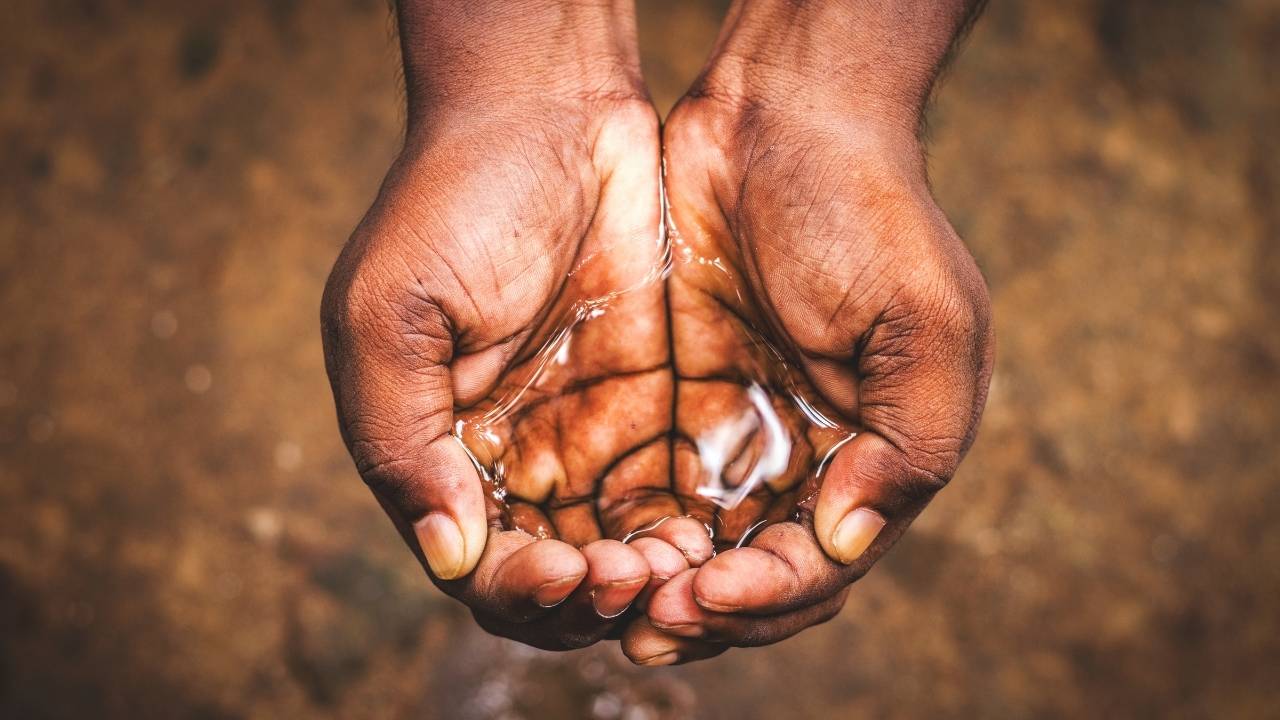If you’re just dipping your toes into the world of gardening, you might be wondering how to keep your plants happy without skyrocketing your water bill. I remember when I started my first garden; I was overwhelmed by how much water my plants seemed to need. With increasing awareness about water conservation and sustainability, it’s more important than ever to adopt practices that save water while still maintaining a beautiful garden.
The good news is, with a few smart strategies, you can have a lush, thriving garden that doesn’t guzzle gallons of water every day. I’ve gathered some of the best water-saving tips to help you get started on your gardening journey, so let’s dive in!
Choose Drought-Tolerant Plants
One of the simplest and most effective ways to save water is by selecting plants that naturally require less of it. Drought-tolerant plants are adapted to survive in conditions with minimal water. Native plants are especially great because they’re accustomed to your local climate and soil conditions, making them hardier and less dependent on extra watering.
Examples of Drought-Tolerant Plants
When I revamped my garden last summer, I incorporated plants like:
- Succulents: These include varieties like cacti, aloe vera, and sedum. Succulents store water in their thick leaves, allowing them to survive long dry spells. Plus, they come in a wide array of shapes and colors, adding visual interest to your garden.
- Lavender: Not only is lavender drought-tolerant, but it also adds a lovely fragrance and attracts pollinators like bees and butterflies.
- Yarrow: This hardy perennial thrives in dry conditions and produces clusters of flowers that can brighten up any garden space.
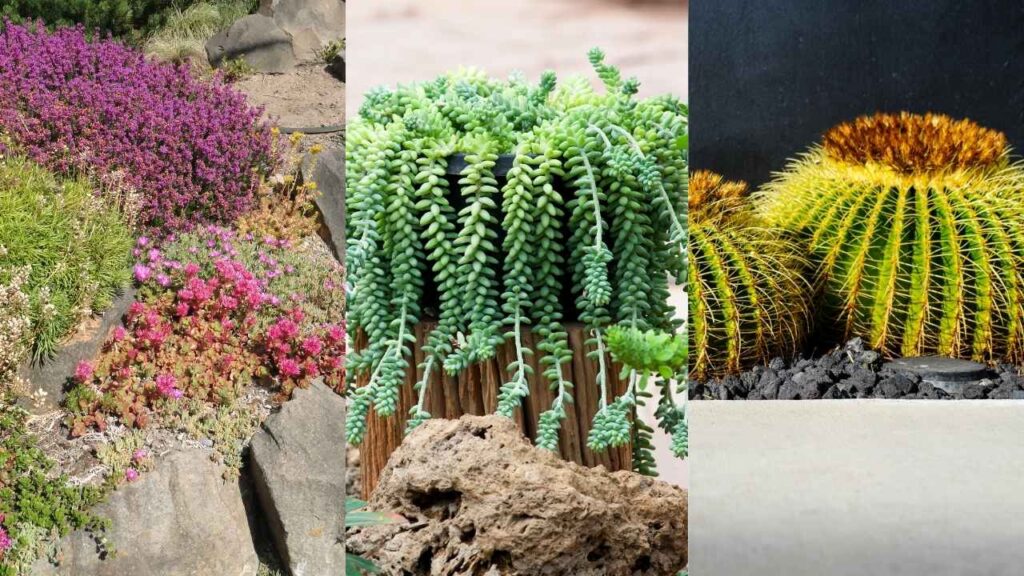
Regional Recommendations
| Region | Drought-Tolerant Plants |
|---|---|
| Southwest | Agave, Mesquite, Desert Marigold |
| Southeast | Purple Coneflower, Black-Eyed Susan, Yucca |
| Northeast | Catmint, Daylily, Russian Sage |
| Midwest | Prairie Dropseed, Blanket Flower, Coreopsis |
| West Coast | California Poppy, Manzanita, Sagebrush |
By choosing plants suited to your area’s rainfall and temperature patterns, you reduce the need for supplemental watering. It’s a win-win for both you and the environment.
Implement Mulching
Mulching is a gardener’s best friend when it comes to water conservation. By adding a layer of organic material like bark chips, straw, or even shredded leaves around your plants, you can significantly reduce evaporation and keep the soil moist longer. I can’t stress enough how much of a difference mulching has made in my garden.
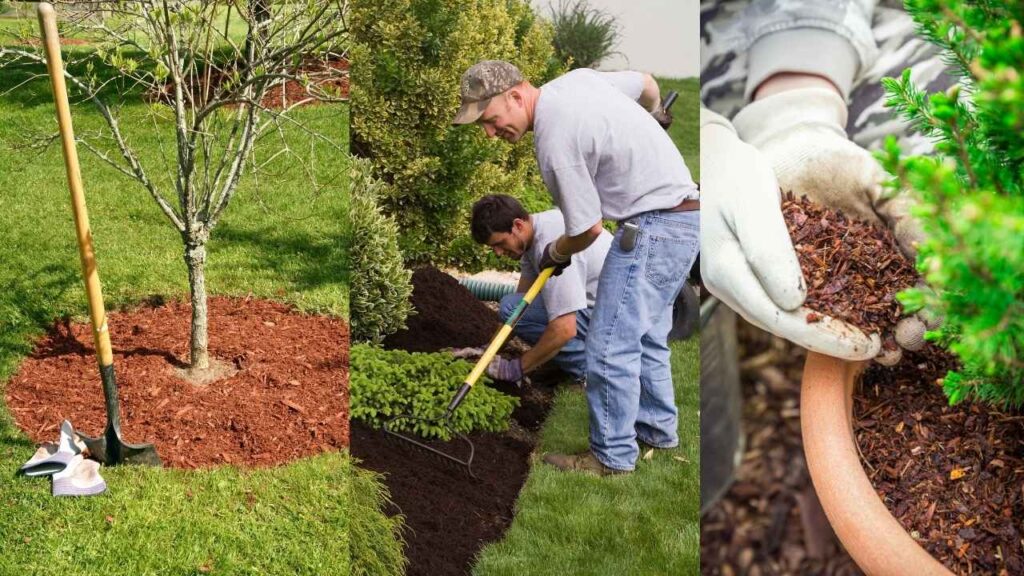
Key Benefits of Mulching
- Reduces Evaporation: A thick layer of mulch shades the soil, keeping it cooler and reducing water loss.
- Suppresses Weeds: Mulch inhibits weed growth, so there’s less competition for water and nutrients.
- Improves Soil Health: As organic mulch breaks down over time, it enriches the soil with nutrients, promoting healthier plant growth.
When applying mulch, aim for a depth of about 2–4 inches, and be sure to keep it a few inches away from the stems of your plants to prevent rot.
Use Efficient Irrigation Methods
Traditional sprinklers are notorious for wasting water through evaporation and runoff, especially during the heat of the day. Switching to more efficient irrigation systems can make a significant difference in your water usage.
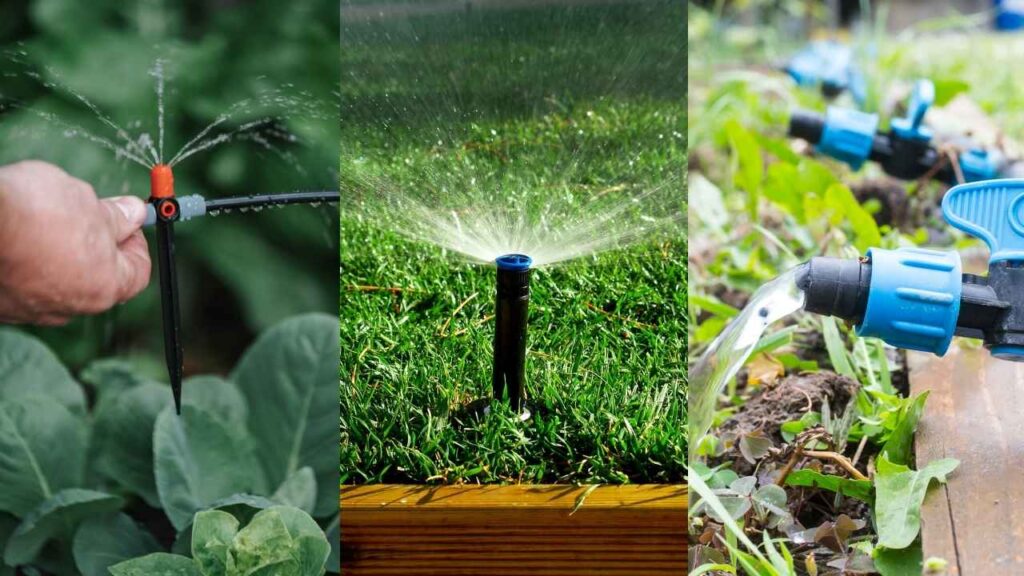
Types of Efficient Irrigation Systems
- Drip Irrigation: This system delivers water directly to the plant roots through a network of tubes and emitters. It’s incredibly efficient because it minimizes evaporation and runoff. When I installed a drip irrigation system in my garden, I noticed a substantial decrease in water usage and healthier plants.
- Soaker Hoses: These porous hoses release water slowly along their entire length, soaking the soil deeply. They’re easy to set up and perfect for garden beds.
- Smart Irrigation Controllers: These devices adjust watering schedules based on real-time weather data and soil moisture levels. They ensure your garden gets just the right amount of water.
Investing in efficient irrigation not only saves water but also reduces your utility bills in the long run.
Water at the Right Time
Timing is everything when it comes to watering your garden. Watering during the cooler parts of the day reduces evaporation and ensures more water reaches the roots.
Best Times to Water
- Early Morning: This is the ideal time to water your plants. Temperatures are lower, and winds are typically calmer, reducing evaporation.
- Avoid Midday: Watering in the heat of the day leads to rapid evaporation, meaning much of the water doesn’t reach your plants.
- Evening Watering: While it may seem like a good idea, watering in the evening can leave plants damp overnight, promoting fungal growth and diseases.
By adjusting your watering schedule, you can make your irrigation efforts more efficient.
Collect Rainwater
Harnessing rainwater is an excellent way to reduce your reliance on municipal water supplies. Setting up a rain barrel is a simple and cost-effective method to collect and store rainwater for future use in your garden.
Benefits of Collecting Rainwater
- Simple Setup: Position a barrel under a downspout to collect rainwater from your roof.
- Eco-Friendly: Using rainwater reduces runoff, which can carry pollutants into local waterways.
- Cost-Effective: Rainwater is free! Using it can significantly lower your water bills.
Remember to check local regulations, as some areas have restrictions on rainwater harvesting.
Group Plants with Similar Water Needs
Grouping plants with similar water requirements, known as hydrozoning, allows you to tailor your watering practices to meet specific needs efficiently.
Hydrozoning Benefits
- Hydrozoning: By organizing your garden into zones based on water needs, you can ensure each plant receives the appropriate amount of water without waste.
- Efficient Water Use: Prevents overwatering plants that need less water and ensures thirstier plants get enough.
Example Hydrozoning Table
| Water Needs | Plant Examples |
|---|---|
| Low | Lavender, Sage, Sedum |
| Moderate | Daylilies, Geraniums, Ornamental Grasses |
| High | Ferns, Hostas, Hydrangeas |
For example, place drought-tolerant plants together in one area and water-loving plants in another. This strategic arrangement simplifies your irrigation process.
Recent Breakthroughs in Water Conservation
Advancements in technology are continually providing new tools and methods to conserve water in gardening.
Notable Innovations
- Soil Moisture Sensors: These devices measure the moisture content in the soil and can be integrated with irrigation systems to automate watering based on actual needs. I recently installed one, and it has taken the guesswork out of when to water.
- Drought-Resistant Plant Varieties: Plant breeders are developing new cultivars that require less water. These plants are engineered to be more efficient in their water use without sacrificing beauty or yield.
- Permeable Pavements: Materials like porous concrete allow water to seep through, reducing runoff and promoting groundwater recharge. They’re great for garden paths and patios.
These innovations make it easier than ever to implement water-saving practices in your garden.
Future Trends in Water-Saving Gardening
Looking ahead, several trends are set to revolutionize how we conserve water in gardening:
Emerging Trends
- Smart Gardens: The integration of Internet of Things (IoT) devices in gardening is becoming more accessible. Smart sensors, automated irrigation systems, and even AI-driven garden planners are helping gardeners optimize water use.
- Vertical Gardening: Growing plants upward instead of outward maximizes space and reduces water usage. Vertical gardens are especially popular in urban areas where space is limited.
- Greywater Systems: Reusing water from household activities (like bathing or washing dishes) for irrigation can significantly reduce fresh water use. While more complex to set up, greywater systems are a sustainable option for the eco-conscious gardener.
By staying informed about these trends, you can be at the forefront of sustainable gardening practices.
Real-World Example: Xeriscaping
Xeriscaping is a landscaping method that focuses on water conservation through creative planning and plant selection. Originating in arid regions, it’s gaining popularity everywhere due to its sustainability benefits.
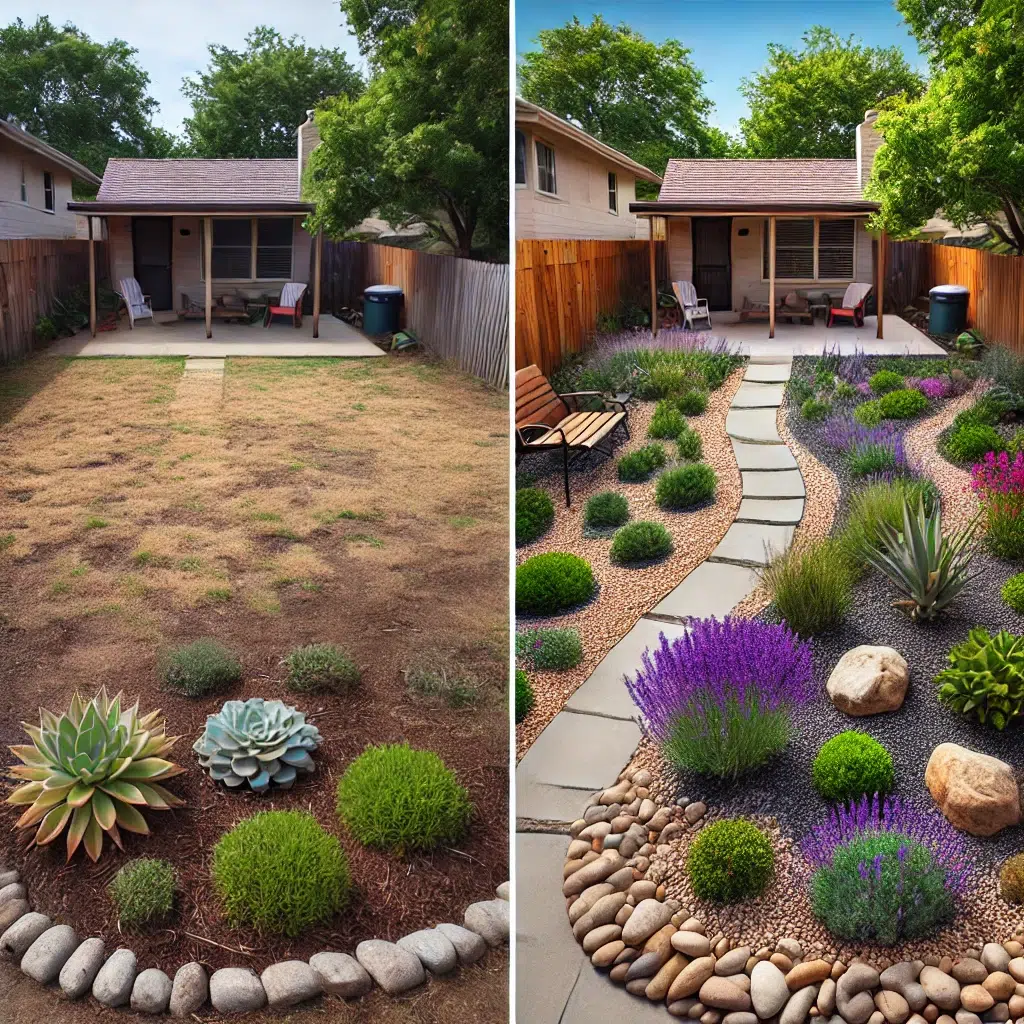
Principles of Xeriscaping
- Planning and Design: Assess your garden’s conditions, such as sun exposure and soil type, to make informed choices.
- Soil Improvement: Adding organic matter to improve soil’s water retention capabilities.
- Efficient Irrigation: Using methods like drip irrigation to minimize water waste.
- Appropriate Plant Selection: Choosing plants that are native or adapted to your climate reduces the need for extra watering.
- Mulching: Essential for reducing evaporation and maintaining soil moisture.
- Maintenance: Regularly checking your irrigation system and plant health ensures long-term success.
Implementing xeriscaping principles can transform your garden into a low-maintenance, water-efficient oasis.
Tips for Beginners
Starting a water-saving garden can seem daunting, but here are some tips to make the process smoother:
- Start Small: Focus on a manageable area first. This allows you to experiment with different techniques and see what works best for you.
- Educate Yourself: Take advantage of resources like local gardening clubs, workshops, and online forums. The gardening community is incredibly supportive and full of knowledge.
- Be Patient: Sustainable gardening is a journey. It takes time for plants to establish themselves and for water-saving methods to show significant results.
Remember, every small step you take contributes to a larger impact on water conservation.
Conclusion
Saving water in your garden doesn’t mean sacrificing beauty or productivity. With these tips, you can create a thriving, sustainable garden that conserves water and supports the environment. I’ve found that adopting these practices not only benefits the planet but also enriches my gardening experience. It’s incredibly rewarding to see my garden flourish while knowing I’m making a positive environmental impact. So why not give some of these water-saving techniques a try? Your plants—and your wallet—will thank you!
Have you tried any of these water-saving techniques in your garden? I’d love to hear about your experiences and any tips you might have. Share your thoughts in the comments below!
Happy gardening, and remember—every drop counts!
